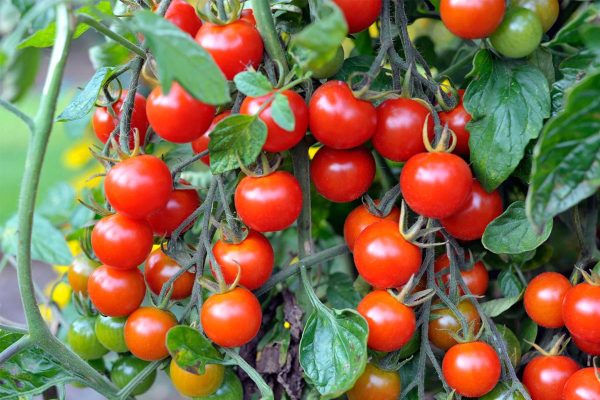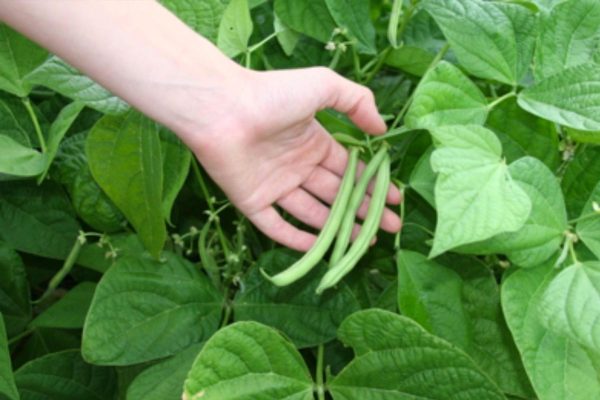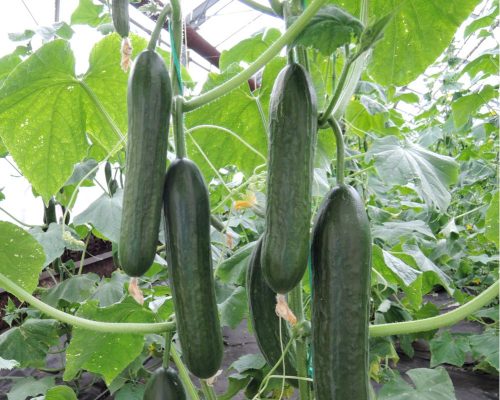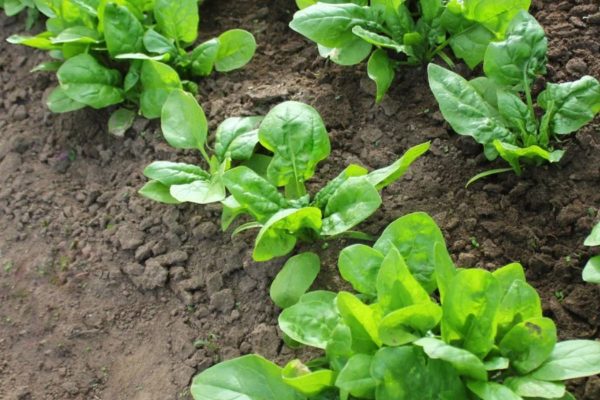
Year-Round Harvest: 10 Versatile Vegetables for Your Home Garden
In gardening, the desire to cultivate fresh and nutritious produce is a year-round pursuit for many enthusiasts. The joy of plucking vegetables from your garden transcends the satisfaction of store-bought options, offering a delightful blend of freshness and sustainability. In this blog post, we’ll explore the realm of home gardening and introduce you to 10 versatile vegetables that can be grown throughout the year, breaking free from the constraints of specific planting seasons.
10 Versatile Vegetables for Your Home Garden
- Eggplant (Brinjal)
- Tomato
- French Beans
- Chili
- Cucumber
- Bottle Gourd (Lauki)
- Spinach (Palak)
- Okra (Bhindi)
- Coriander (Dhania)
- Bitter Gourd (Karela)
Eggplant (Brinjal)

Eggplants, also known as brinjals, thrive in year-round cultivation due to their resilience and adaptability. With diverse varieties available, their unique flavours enhance various dishes. To grow eggplants, start by preparing seedlings from seeds, a process taking approximately 20 to 25 days. Once ready, transplant the seedlings into spacious pots or grow bags, ensuring a sunny location for optimal growth. Flowers will emerge around 45 to 50 days post-transplantation, with eggplants ready for harvest within 60 to 70 days. As eggplant plants bear fruit for 6 to 8 months, consider planting new seedlings at the 4-month mark for a continuous year-round harvest from your garden.
Also Read This : Growing Brinjal (Eggplant) at Home: A Comprehensive Guide for a Bountiful Harvest
Tomato

Tomatoes, a kitchen essential, offer diverse choices from cherry to beefsteak varieties, ensuring a continuous supply when grown at home. After germinating seedlings from seeds, plant them in pots or containers at least 12 by 12 inches in size. Harvest-ready tomatoes emerge approximately 50 to 60 days post-planting. Tomatoes dislike extreme heat, thriving best below 35 degrees Celsius. If temperatures soar, relocate plants to a shaded, more relaxed area to prevent fruitless flowering. For a steady tomato supply, replace affected plants with new seedlings. If you have yet to cultivate tomatoes, consider adding these easy-to-grow plants to your garden for a rewarding harvest.
Also Read This : Tomato Transplanting Tips: A Guide to Timing and Techniques for Successful Gardening in Both Beds and Containers
French Beans

These tender and flavorful beans can thrive in different climates, providing a continuous harvest. Whether you prefer them fresh or cooked, French beans add a nutritious touch to your meals. Choose a grow bag of at least 15 by 15 inches to plant French beans. You can sow three to four French bean seeds in it. Approximately 50 to 60 days after planting, you can harvest these delicious and nutritious beans. French beans not only taste great but are also rich in nutrients. Plant them in your home garden anytime throughout the year. Ensure you replant new seedlings every four months and place the grow bag in direct sunlight, as French beans thrive in sunny conditions. However, if planting during the summer, provide shade to protect them from excessive heat.
Also Read This : Blooming Brilliance: Cultivating Vibrant Bougainvillea from Cuttings
Chili

Spice up your garden with chilli peppers. These heat-packed delights are versatile in the kitchen and resilient in various weather conditions, allowing you to enjoy a continuous harvest. Ideal for warm climates, growing peppers thrive best in a warm environment. However, peppers can be cultivated even in colder months. To plant peppers, prepare seedlings from their seeds, and after 20 to 25 days, transplant these seedlings into large pots. Once planted, a pepper plant can be produced for 1 to 3 years, offering a continuous harvest. If you desire year-round peppers in your home garden, consider planting them now. This ensures a steady supply of fresh peppers throughout the year, providing a flavorful and homegrown addition to your culinary endeavours.
Also Read This : 13 Mesmerizing Flowering Succulents: A Blooming Garden Delight
Cucumber

Crisp and refreshing cucumbers are a must-have in any garden. Their fast-growing nature means you can have a bountiful supply of salads, pickles, and snacks throughout the year. Cucumbers can be harvested approximately 45 to 50 days after planting the seeds. While the optimal time to plant cucumbers is usually during the warmer months or the rainy season, if your area doesn’t experience extreme cold, you can cultivate cucumbers in your home garden throughout the year.
Also Read This : Spring: Nature’s Perfect Season for Plant Growth
Bottle Gourd (Lauki)

Bottle gourds are known for their mild flavour and high water content. Growing them in your garden provides a versatile vegetable for soups, stews, and culinary creations. You’ll need pots or grow bags of 15 by 15 or 18 by 18 inches to grow bottle gourd. You can directly sow bottle gourd seeds into the containers or start with seedlings. You can begin harvesting bottle gourds approximately 50 to 60 days after planting. Once planted, each bottle of gourd vine produces for about 3 to 4 months. Continuously sow seeds every 2 to 3 months to ensure a year-round supply. Place the bottled gourd plants in direct sunlight, providing water regularly, especially during intense heat. With this approach, you’ll enjoy a consistent harvest of fresh bottle gourds from your home garden throughout the year.
Also Read This : Bottom-Watering: A Friendlier Approach to Potted Plant Care
Spinach (Palak)

Packed with nutrients, spinach is a powerhouse of goodness that can thrive in different seasons. Whether used in salads, smoothies, or cooked dishes, having fresh spinach at your disposal is a culinary delight. I have grown spinach in both icy conditions, like December, and hot conditions, like June. Planting spinach at home is relatively easy, and approximately 35 to 40 days after sowing spinach seeds, you can harvest the first spinach leaves. So, you can cultivate spinach in your home garden throughout the year. Utilize the abundance of spinach in your meals and enjoy the freshness and nutrition it brings to your dishes.
Also Read This : Thriving in Minimal: 7 Indoor Plants That Excel in Low-Nutrient Soil
Okra (Bhindi)

Okra, or bhindi, is a hardy vegetable that loves the sun. With its ability to withstand diverse climates, you can enjoy this fibre-rich vegetable in curries, stir-fries, or as a crispy snack. While growing okra throughout the year is possible, it may not thrive well in frigid temperatures. Okra prefers warmer environments, making it suitable for cultivation during the summer and rainy seasons. Okra plants only require a little space and can be grown in containers as small as 12 by 12 inches. They thrive in full sunlight, and the summer heat is particularly favourable for their growth. Okra is easy to cultivate; you can comfortably plant two okra seedlings in a small container. This provides a convenient way to enjoy fresh okra from your home garden during the warmer months.
Also Read This : Homegrown Happiness: Tips and Tricks for Thriving Strawberry Plants
Coriander (Dhania)

Aromatic and essential in many cuisines, coriander is a herb that can be grown throughout the year. Having a fresh supply at home ensures that your dishes are infused with their vibrant flavours. Coriander seeds germinate in approximately 7 to 10 days, and you can start harvesting coriander leaves around 35 to 40 days after sowing the seeds. To ensure a steady supply, consider planting coriander in a pot or grow bag in your kitchen garden every month. This way, you’ll have an abundant harvest of fresh coriander at your fingertips, eliminating the need to buy coriander from the market. Keep the cycle going, and you’ll enjoy a continuous and convenient source of homegrown coriander throughout the year.
Also Read This : Green Serenity: Key Considerations for Thriving Balcony Plants
Bitter Gourd (Karela)

Embrace the health benefits of bitter gourd by growing it in your garden. Its unique taste adds a distinctive touch to various dishes, and cultivating it year-round guarantees a steady supply. After planting bitter gourds, it takes approximately 45 to 50 days for its flowers to appear; around 60 to 70 days, you can start harvesting bitter gourds. Once you plant bitter gourd vines, they can yield bitter gourds for about 4 to 6 months. Plant new bitter gourd seedlings every 3 to 4 months to maintain a continuous supply. By adopting this approach, you’ll have bitter gourds to harvest from your garden throughout the year. Bitter gourds thrive in full sunlight, and you can keep the pots in full sunlight. Please place them in a shaded area in scorching weather to ensure optimal growth.
Also Read This : Planting Oriental Arbor-vitae Made Simple: Easy Tips for Success at Home
In conclusion, cultivating a home garden with these ten versatile vegetables offers a sustainable source of fresh produce and a rewarding journey into the world of gardening. Whether you’re a seasoned gardener or a beginner, the joy of harvesting your vegetables throughout the year is an experience that connects you with nature and enhances the flavours on your plate. So, roll up your sleeves, get your hands dirty, and embark on a year-round gardening adventure that will fill your home with the goodness of homegrown delights. Happy gardening!




